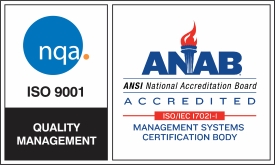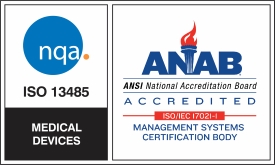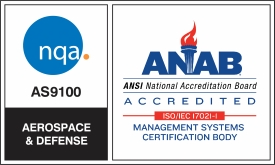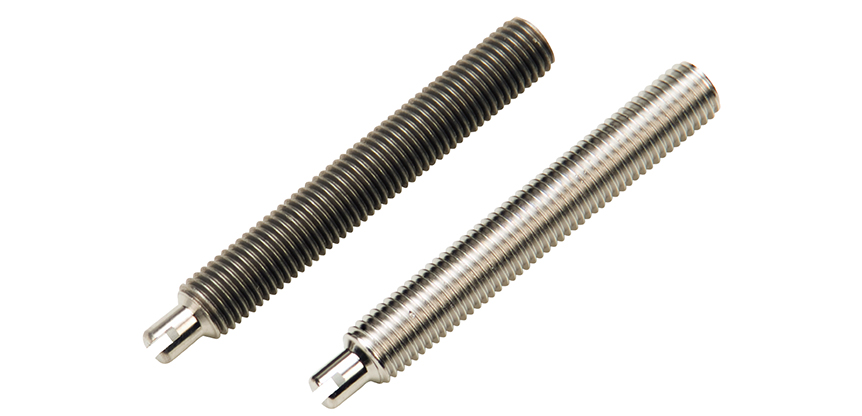Imperfections in the surface of a metal part can create a variety of problems, from premature failure as a result micro cracks to corrosion. Electropolishing is well suited for eliminating these flaws and preventing these results from occurring. During electropolishing, the transfer of metal ions occurs most quickly on the edges or corners of metal parts. The density of the electrochemical power is most concentrated on the high points of the object. This explains how electropolishing (often referred to as “reverse plating”) quickly removes metal at these points. Following is a more in-depth process overview.
Overview of Electropolishing
Electropolishing is an electrochemical process that combines rectified current with a chemical electrolyte bath to remove imperfections from the exterior of metal parts.
Since its inception in the 1950s, electropolishing has been used in a diverse range of commercial and industrial capacities. The need for electropolishing services has increased as the use of advanced technology has become commonplace in every industry.
The Electropolishing Procedure
Comparisons can be drawn between the process of electropolishing and that of electroplating, but there are a few important distinctions.
The first step is the converting of the current from AC to DC and low voltages. Next, a rubber-lined steel tank is filled with a chemical bath. A succession of lead, copper or stainless steel cathode plates are dropped into the bath and connected to the negative (-) side of the power source. A part (or group of parts) are then fixed to a titanium, copper or bronze rack. Then the rack is affixed to the positive (+) side of the power source.
When the metal part is charged and immersed in the chemical bath, the electrolyte acts as a conductor to remove metal ions from the part. While the ions are drawn towards the cathode, the dissolved metals are retained in the solution. Oxygen gassing intensifies the cleaning process at the part’s surface.
Finally, a series of rinsing and drying steps are carried out. This is designed to remove clinging electrolytes. The object is left with a smooth, shiny surface, thus the name, “electropolishing.”
Benefits of Electropolishing
While the process is best known for the resulting bright and shiny surfaces, there are some essential, often overlooked benefits of this metal removal method. These benefits include removal of burrs, microfinish improvement, ultra cleaning and many more. This metal improvement process has significant advantages for design and production engineers, while providing increased cost-effectiveness and product enhancement.
To discuss how we can help optimize your product and refine metal surfaces with electropolishing, please get in touch with Able Electropolishing today.





